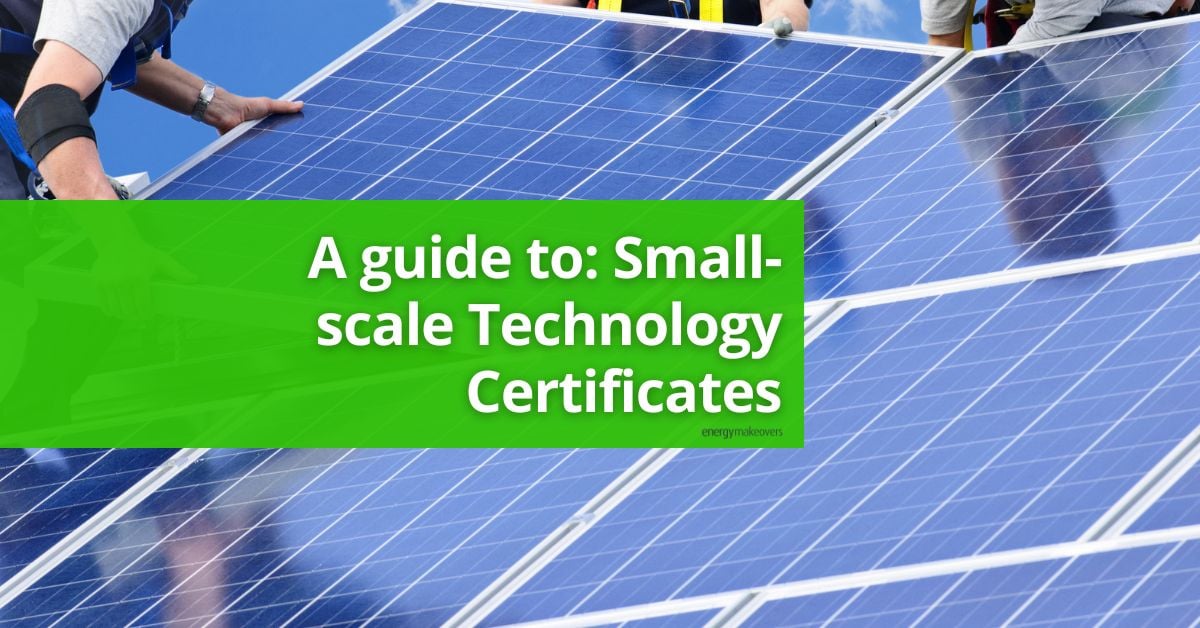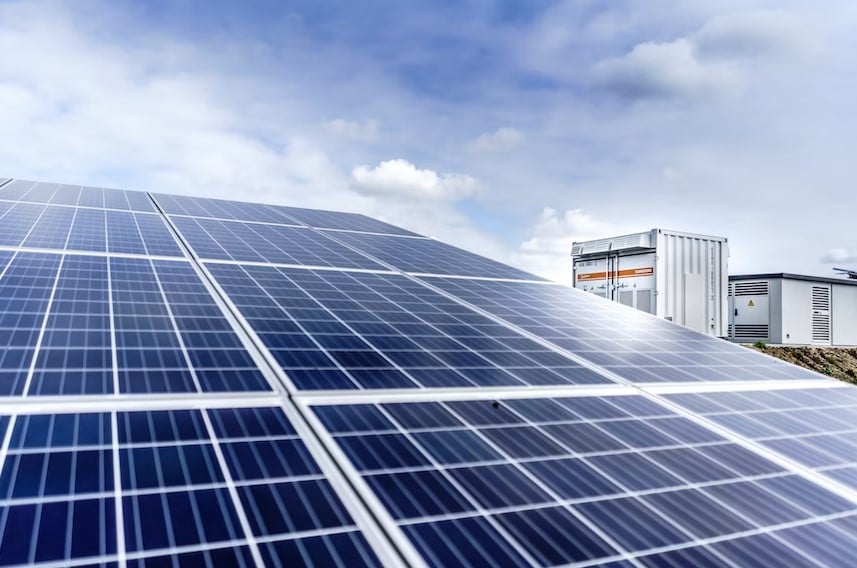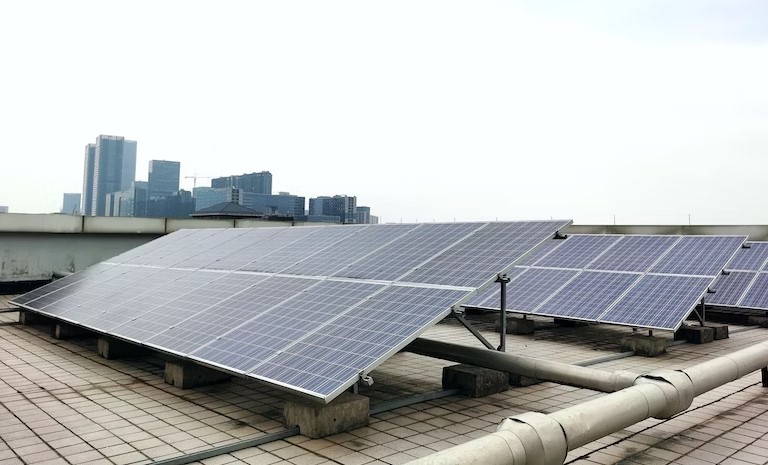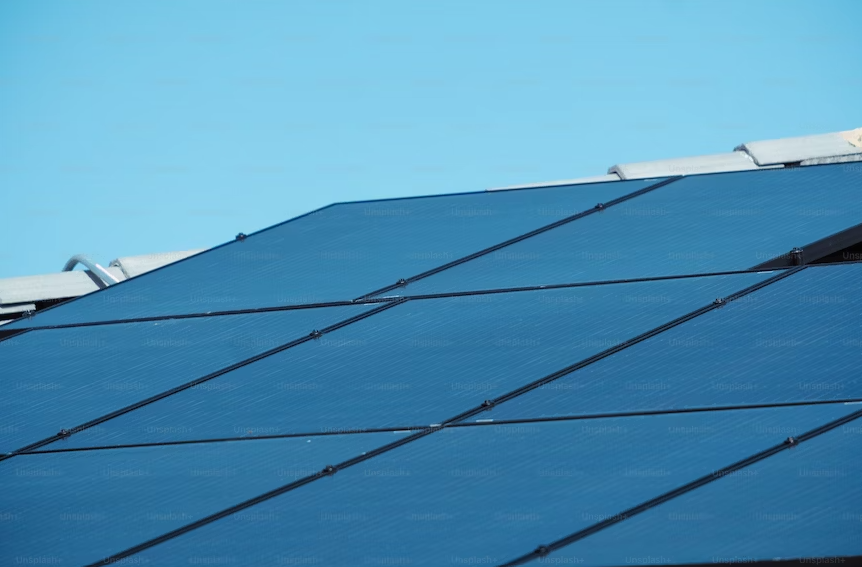
Energy prices have jumped again – not just a little, but significantly. And, with the current cost of living crisis, a lot of us are feeling the urgency to transition towards an energy source that isn’t tied to rising energy costs. Step in: Solar. The cheaper, more sustainable energy source that your home or business could take advantage of.
Investing in solar might seem like a large financial hurdle, but the Federal Government has instituted some financial options to encourage residents and businesses across the country to adopt clean technologies, such as solar energy. One such mechanism that has gained significant traction in recent years is the Renewable Energy Target that produces Small Scale Technology Certificates (STCs).
Get a solar quote for your business
STCs offer a valuable pathway for individuals and businesses, like yours to invest in solar and reduce the financial burden while enjoying financial benefits in the process. These certificates represent a powerful tool in the broader framework of renewable energy policies, stimulating investment in small-scale projects across Australia.
With this guide into STCs we’ll cover:
- What are STCs
- How STCs work
- Who issues STCs
- How STCs are used for solar energy systems
- How STCs are calculated
- How much STCs are worth
- How to claim STCs
- If STCs are eligible for battery storage
- And When/if STCs may be phased out
So, after reading this, you should have all the information you need to decide whether STCs are right for your business.
So, let’s get started at the beginning, what are STCs?
What are STCs?
STCs, or Small-scale Technology Certificates, are a Federal Government incentive introduced to promote the uptake of small-scale renewable energy systems. The program was initiated under the Small-scale Renewable Energy Scheme (SRES), which is a component of Australia’s Renewable Energy Target (RET) policy.
The STC program aims to incentivise the adoption of small-scale renewable energy systems, promote sustainable energy generation, and reduce greenhouse gas emissions. It encourages individuals, businesses, and communities to invest in clean energy technologies, contributing to Australia’s transition to a more sustainable and low-carbon future.
They’re ideal for smaller businesses, or smaller properties that would require a solar energy system 99kW or less.
If you have a large-scale business or property, you might benefit from Large-scale Generation Certificates and we have information about them in a blog post on LGCs.

How do STCs work?
STCs serve as a tradable currency that represents the amount of renewable energy that a small-scale system is expected to generate over a certain period. These systems typically include solar photovoltaic (PV) panels, solar water heaters, wind turbines, and certain types of heat pumps.
The STCs must be created within 12 months of the system being installed.
A solar retailer, such as Energy Makeovers can complete the process for you and support you through the documentation. We can also trade the certificates on your behalf, to ensure the highest market value and the quickest turnover period, so the financial benefits are with you faster.
Get a solar quote for your business
Who issues STCs?
STCs are issued by the Clean Energy Regulator (CER), a Federal government-led agency responsible for administering various programs and initiatives related to renewable energy and carbon abatement. The CER oversees the creation, registration, and tracking of STCs under the Small-scale Renewable Energy Scheme (SRES).
When a small-scale renewable energy system, such as solar panels or a solar water heater, is installed, the system owner or installer must register the installation details with the CER. Upon verification and approval, the CER issues the corresponding number of STCs to the system owner.
The process of issuing STCs involves assessing the expected electricity generation or displacement of the system over its lifetime, taking into account factors such as system capacity, location, and technology type. The CER uses a methodology based on deemed energy generation values to determine the number of STCs allocated to each system.
How are STCs calculated?
STCs are calculated based on the expected electricity generation or displacement of a small-scale renewable energy system over its lifetime. The calculation involves several factors and follows a methodology determined by the CER.
Here’s an overview of how STCs are typically calculated:
- System Capacity: The capacity of the small-scale renewable energy system is a significant factor in determining the number of STCs. It represents the maximum power output or capacity of the system, usually measured in kilowatts (kW).
- Location-based Multiplier: The CER assigns a location-based multiplier to account for regional variations in renewable energy generation potential. This multiplier reflects the solar radiation or wind resources available at the installation site. Areas with higher solar or wind potential generally receive a higher multiplier, resulting in more STCs.
- Deemed Energy Generation: The CER employs a deemed energy generation methodology to estimate the electricity generation or displacement of a system. This methodology considers factors such as the technology type, system capacity, and location.
- Deeming Period: The deeming period represents the expected lifetime of the system. The CER establishes specific deeming periods for different technology types. For instance, solar PV systems typically have a deeming period of 15 years.
By combining the system capacity, location-based multiplier, deemed energy generation, and deeming period, the CER calculates the total number of STCs for a particular small-scale renewable energy system.

How are STCs used for Solar Energy Systems?
As above, the STC program supports Australia’s Renewable Energy Target (RET) policy, promoting renewable energy adoption and reducing carbon emissions. STCs contribute to achieving renewable energy targets and fostering a cleaner, more sustainable energy mix. Solar is a big part of that project.
STCs provide financial incentives and support for solar energy systems.
How much are STCs worth?
Once STCs are issued, they can be traded on the open market. System owners can sell their STCs to entities with a legal obligation to surrender a certain number of certificates to meet their renewable energy obligations. These entities often include electricity retailers, who use the STCs to demonstrate compliance with the RET policy.
And, as we mentioned earlier, a solar retailer, such as Energy Makeovers can complete the process for you and trade the certificates on your behalf, passing the benefit to you.
Get a solar quote for your business
How to Claim STCS
The process for trading STCs involves several steps to facilitate the buying and selling of these certificates. System owners or installers start by registering their small-scale renewable energy system with the CER, providing the necessary information and documentation. Once registered, the CER calculates the number of STCs allocated to the system based on factors such as capacity, location, and estimated energy generation. STCs are then issued to the system owner.
STCs are traded on open market platforms, such as the Australian Energy Exchange (AEX) and the Renewable Energy Certificate Registry (REC Registry). System owners looking to sell their STCs can list them on these platforms, specifying the quantity of certificates and desired price per certificate. On the buyer’s side, obligated entities like electricity retailers browse the available STC listings based on their needs, including quantity, price, and other criteria.
When a buyer and seller agree on the price and quantity, the buyer purchases the desired number of STCs. The trading platform facilitates the transfer of ownership from the seller to the buyer, ensuring a transparent and secure transaction. Buyers typically retire or surrender the acquired STCs to the CER to demonstrate compliance with their renewable energy obligations.
It’s important to note that the trading process may involve additional considerations such as contractual agreements, settlement periods, and compliance requirements. System owners and buyers should familiarize themselves with the specific rules and regulations associated with trading STCs and seek professional advice if needed. Ultimately, trading STCs allows system owners to monetize their certificates, while buyers fulfill their renewable energy obligations, fostering the growth of small-scale renewable energy installations in Australia.
And, if that sounds too complicated – Energy Makeovers can look after all of this for you!

Are there STCs for solar battery storage?
Yes, you can receive STCs for battery storage systems that meet the eligibility criteria under the SRES. The inclusion of battery storage systems as eligible technologies for STCs is aimed at supporting the integration of energy storage with renewable energy generation.
Here are the eligibility requirements:
- System Capacity: The battery storage system must have a capacity of 30 kilowatt-hours (kWh) or less. Systems above this capacity are not eligible for STCs.
- Coupled with Eligible Generation Source: The battery storage system must be installed alongside an eligible small-scale renewable energy system. This can include solar PV panels, wind turbines, or hydro systems, among others. The renewable energy system must also be installed or upgraded after January 1, 2017, to be eligible.
- Registration with the Clean Energy Regulator: Just like other small-scale renewable energy systems, the battery storage system needs to be registered with the CER to generate STCs.
The number of STCs allocated to a battery storage system depends on factors such as the system’s capacity, its expected electricity generation, and the deeming period determined by the CER. The deeming period for battery storage systems is typically 10 years.
When will STCs be phased out?
The STC incentive is due to be phased out in 2030.
Get a solar quote for your business
Highlights – Kate to complete


